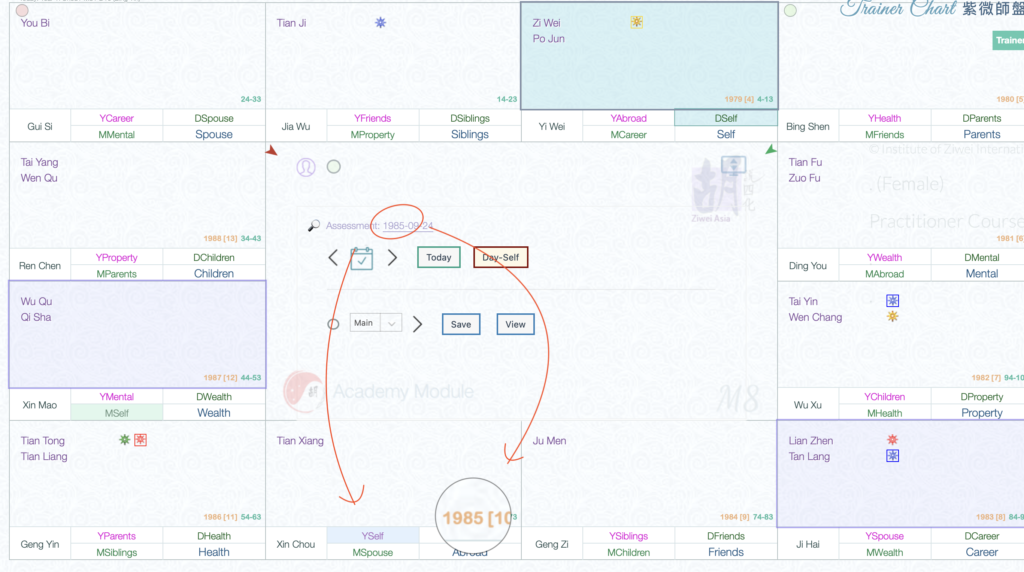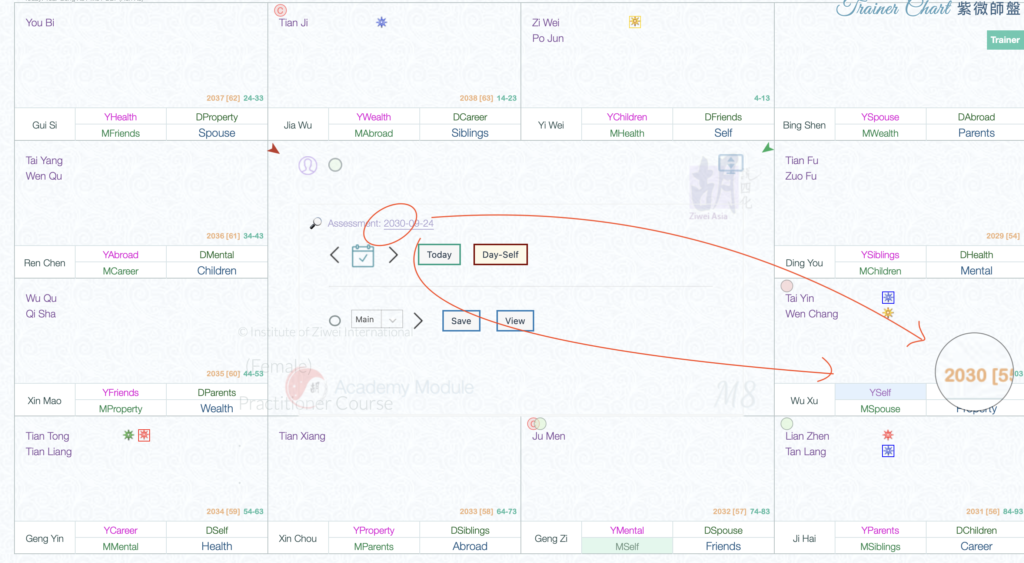The answer is NO.
I believe that most of my fellow practitioners in ZWDS would strongly disagree with me, as they have dedicated their entire careers to predicting the future for others and demonstrating their accuracy.
To answer this question, we need to first understand the definition of “prediction”.
A quick Google search defines “predict” as “to say or estimate that (a specified thing) will happen in the future.” A second search for “estimate” yields this definition: “to roughly calculate or judge the value, number, quantity, or extent of.”
As a retired Chartered Accountant, I relate a prediction or forecast to a technique that uses historical data to make informed estimates. This approach can be seen in many tools we use daily, such as weather forecasts that collect past data to project future weather patterns, or chartists who use past trading data to predict future stock price movements.
So why isn’t Zi Wei Dou Shu considered a prediction tool, even though it’s used to read future destinies?
The answer is simple. With a Zi Wei Dou Shu chart calculator, you can read the past or future without needing to predict, estimate, forecast, or project. The perpetually available data allows you to read into the future or analyze the past without relying on projections or estimates. The charts below are examples plotted from the same owner.
The first chart shows events from 1985 when the assessment year is pointing to 1985.

The next Ziwei chart example shows, on contrary, the future data for the year 2030. Again, all you need to do is to switch the assessment year to 2030. The future data is always readily available.

Another crucial difference between a predictive and a non-predictive model is that a predictive model requires constant updating whenever new data is available. This means that a prediction takes into account both the distant and recent past data, including the most recent input.
For instance, let’s consider a hypothetical scenario where a company’s projected stock price is expected to increase by 30% in the next quarter based on current trends. However, if the company were to unexpectedly suffer a devastating event, such as a fire that destroyed its facilities overnight, that prediction would be immediately invalidated before the end of the quarter. This highlights how predictive models are subject to change as new data emerges. Each update to the model reflects changes in the environment, leading to potentially different trajectories for future predictions.
On the other hand, the trajectory of your future will not change. The information in a Zi Wei Dou Shu chart for each individual remains perpetual, consistent, and unchanging from birth to death. No predictive effort is necessary. You can think of the Zi Wei chart snapshot data as x-ray reports* of the past, next year, year 2043, next week, tomorrow, or any date, already available to you at any time, without requiring prediction.
Another noteworthy point, which is completely different from the topic we are discussing above, is that a ZWDS practitioner may sometimes ask you to provide environmental information as it becomes available. Unlike the previous point, this information is used to confirm a future event with greater clarity as you approach it. This is particularly helpful when compared to a reading done some years ago when the information was limited. However, it’s important to note that this exercise is meant to “confirm” events, and does not alter the projected trajectory, as discussed earlier.
In summary, you predict when future data is not available, but why bother predicting when the future data is already at your disposal?
Read here for more about Zi Wei Dou Shu: What is ZWDS?
*This is not suggestive that ZWDS can be used for medical diagnosis. Always seek medical advice from medical professional only. NEVER ever use Zi Wei Dou Shu for medical purpose.
